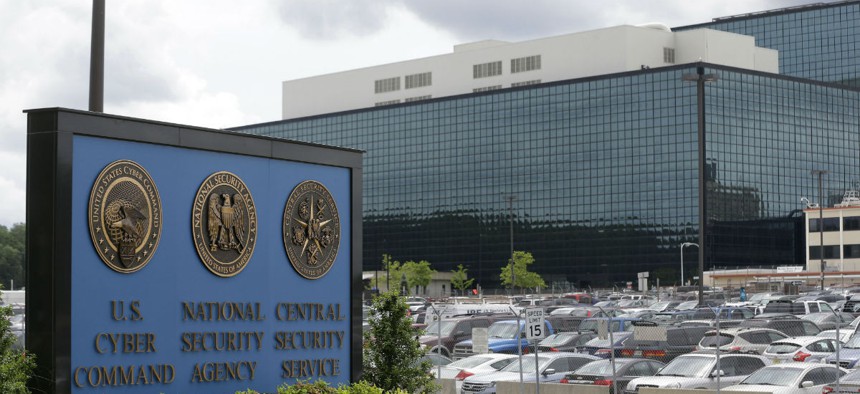How to Prepare for More Attacks from Leaked NSA Tools

Patrick Semansky/AP File Photo
As the Shadow Brokers continue selling off hacking tools, organizations need to be prepared for hard-to-detect attacks.
Tal Vegvizer is the director of research and development of BUFFERZONE.
Russians? Chinese? A disaffected insider with a huge chip on his/her shoulders?
Many theories—conspiracy and otherwise—float around about how hackers got hold of the malware trove allegedly kept by the National Security Agency for use against targets the government wanted to track. And barely a half year since the hacker group Shadow Brokers announced that it had purloined the malware, the world has come to know just how damaging those NSA cyber weapons are.
» Get the best federal technology news and ideas delivered right to your inbox. Sign up here.
Malware and ransomware attacks, including Wannacry, Petya and a host of lesser exploits all have their roots, or owe a good part of their existence, allegedly to NSA. And hackers are by no means finished; after initially releasing a bunch of tools as freebies, Shadow Brokers set up a subscription service, in which other advanced exploits would be released on a regular basis.
One of those apparently subscription-only exploits is an attack that has been making the rounds involves installing tools on hotel Wi-Fi networks that allows hackers to spy on network users. According to FireEye, the malware has so far hit at least seven European countries. Hackers could monitor traffic on a hotel network, which likely will contain interesting nuggets of data, such as credit card information, sensitive corporate documents, etc. And although less pervasive (so far) than the Wannacry and Petya attacks, the latest malware has the potential to spread far and wide, FireEye said.
Now that Pandora's cyber box has been opened, businesses, individuals and government agencies need to contemplate how they can avoid becoming victims. For the latter, the problem is as bad, if not worse, than in the private sector. A White House report said 30,899 cyber incidents were reported to the Homeland Security Department in 2016—heaven knows how many were not reported. Any unreleased NSA tools would likely constitute previously unknown advanced persistent threats. As such, standard security systems, like signature-based anti-virus and anti-malware systems, wouldn’t catch them.
And even if there were a technology to discover them in the wild, the likelihood is that the malware would still get into business and government servers due to human error. Studies show a whopping 91 percent of data breaches are due to phishing scams, in which hapless personnel are fooled (using sophisticated social engineering techniques) into opening email messages that include attachments and have malware embedded in them. In fact, that is exactly how the hotel Wi-Fi malware scheme worked: Hackers sent fake reservation forms (that looked real) to hotels; once opened, the documents unloaded their embedded malware into the hotel's system.
The only way around this is to prevent malware from entering networks in the first place. One idea that some companies have tried with success is the setting up of a “safe zone,” a virtual container where files can be analyzed and examined before being allowed to proceed to the server. Messages and their attachments, even those with attached macros, are dissected and examined. If any offending content is discovered it is removed—and the document or file is reconstructed, sans the threat.
The advantage to this system is that any threat—known or unknown—is removed if it displays anomalous behavior. But unlike in a sandbox, which holds back the offending file or message, the safe zone system forwards the cleaned-up item to the user. The safe zone ensures the flow of business is not interrupted and employees can freely click on any document or attachment they like in full confidence.





